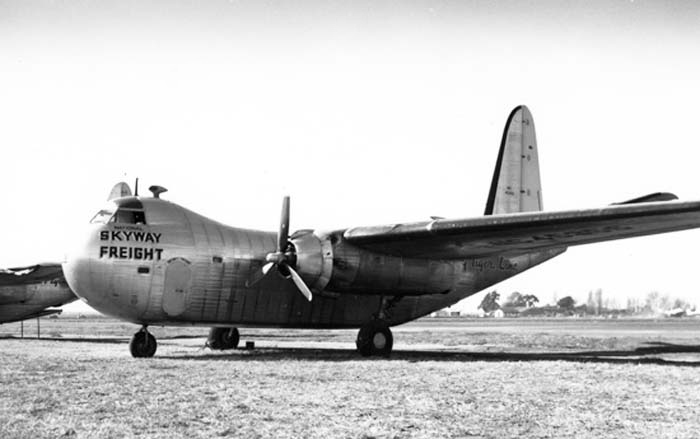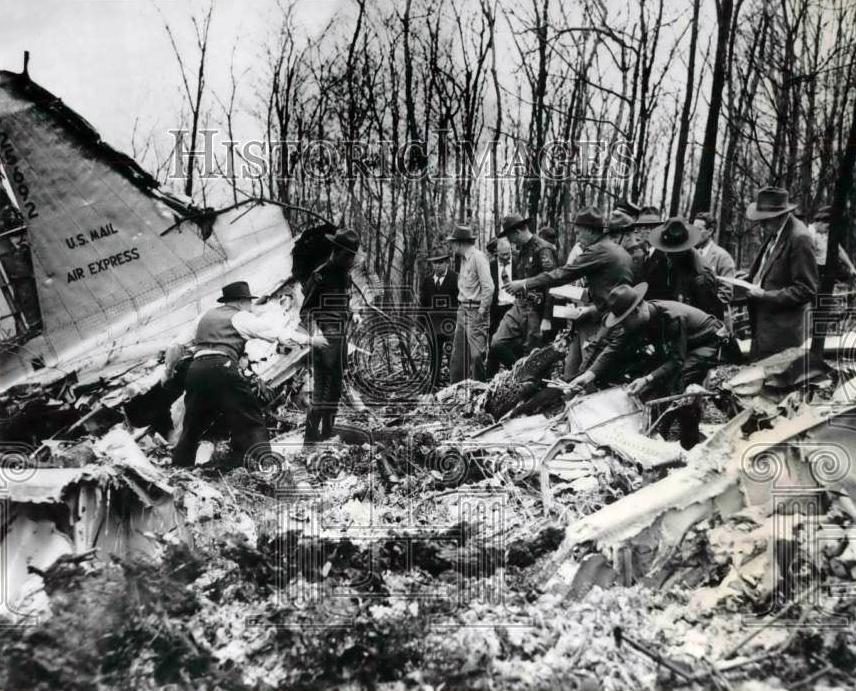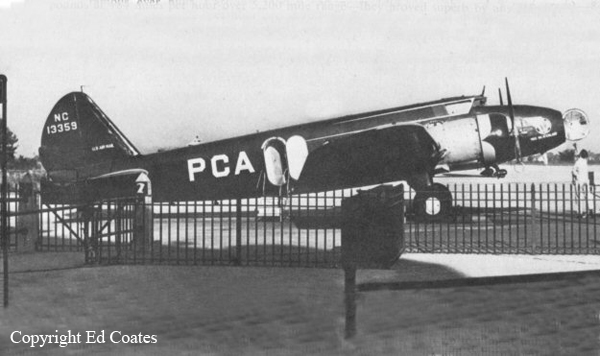Crash of a Douglas C-47B-1-DK in Charleston: 21 killed
Date & Time:
Apr 8, 1951 at 1156 LT
Registration:
43-48298
Survivors:
No
Schedule:
Godman – Charleston
MSN:
14114/25559
YOM:
1944
Crew on board:
3
Crew fatalities:
Pax on board:
18
Pax fatalities:
Other fatalities:
Total fatalities:
21
Circumstances:
The aircraft departed Godman AFB in Louisville in the morning, bound for Charleston-Kanawha Airport, where all 21 occupants were flying to take part to funerals of US soldiers who died recently in another plane crash. The approach was completed in poor weather conditions. While descending to Kanawha Airfield at an insufficient height, the aircraft hit tree tops and crashed in flames in a wooded area located 8 miles short of runway 23. A passenger was seriously injured while 20 other occupants were killed. Nine days later, the only survivor died from his injuries. It is reported that the ceiling was down to 150 feet and that several instruments were out of order at the time of the accident.









